I treasure the time I spend visiting graves. When I was in High School, I went to Chaucer’s grave in Westminster Abby. I remember standing there filled with awe and admiration. I carry that memory always. Standing by a grave is a powerful feeling at times be it your grandparents or a great poet. Far be it from me to tell folks not to have a place in a cemetery or burial ground for those they love. The place of memory is not my issue. I take issue with making people think that a place of memory belongs to the corporate death care industry.
We have options for making a place of memory. Cremains can always be scattered or buried on your own property rural or otherwise without having to make a notation on the deed. You can dedicate a place on your own property for full body burial through following your state’s laws. Full body burial might be easier in a rural setting, but it can be done. Always make sure you know and follow the laws in your state. In ancient times, Christian communities formed around burial societies. Old churches still have burial ground attached for members of the church. I do not see why we cannot have more church run cemeteries or cemeteries associated with other groups. Why don’t environmental groups set aside places for their members who wish to have a green burial? Why don’t urban groups create burial coops? I know cemeteries are tough to run, but we have options if we only look. We have options if only we take to time to create them for those around us. We never have options if we take the industry representatives at their word. We need to know our rights. Modest burial grounds need not be moneymakers. The municipal cemetery down the street from where I live sells plots for $250 – a far cry from the $18000+ in corporate run cemeteries.
Many of us do not want to end up in a corporate run cemetery. We need to face the fact that none of us have yet gotten out of this life alive, and research and plan our own deaths. The time to make decisions is not at the time of someone’s death where grief can make the process more difficult, but when we calmly and logically look at what we and our family wants for a funeral and burial plan. If we want to have the kind of funeral and burial we want, we need to start now looking at local resources. We might have to create the place of memory for our body at the end of our time on earth. I do not recommend ever purchasing a plot for burial long before the time that it will be needed. Once you purchase a right of burial, the cemetery will not likely return your purchase once the time for cooling off has past. I do recommend setting money aside for the purpose of your final acts and let your money work for you, and not the cemetery’s corporation.
The true place of memory will always reside in our hearts. How we live our lives matters the most and remains with those who love and know us. Sometimes if we are lucky, our lives will be remembered from generation to generation. Having a place to visit at a graveside is useful for many. Any place that reminds us of someone who has died becomes a place of memory. We need not pay a corporation for a place of memory.
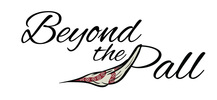
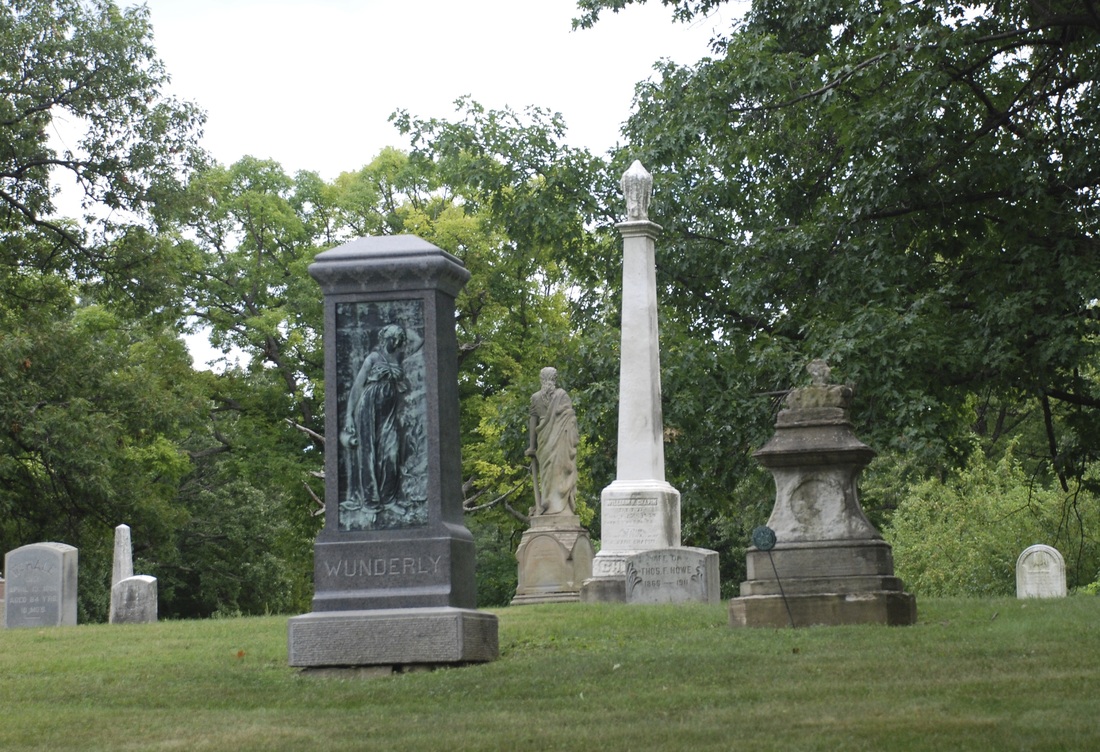
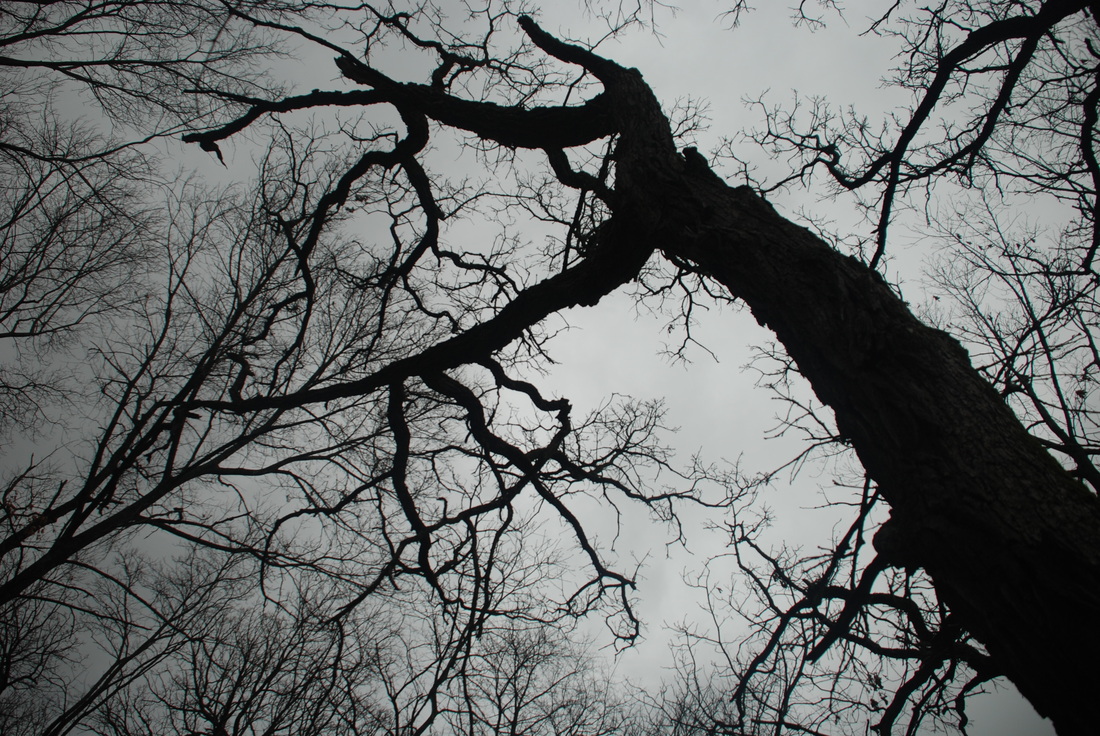
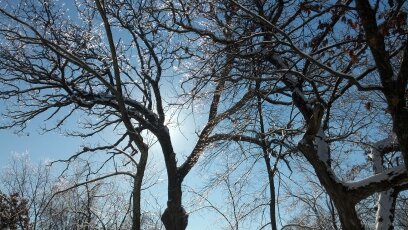
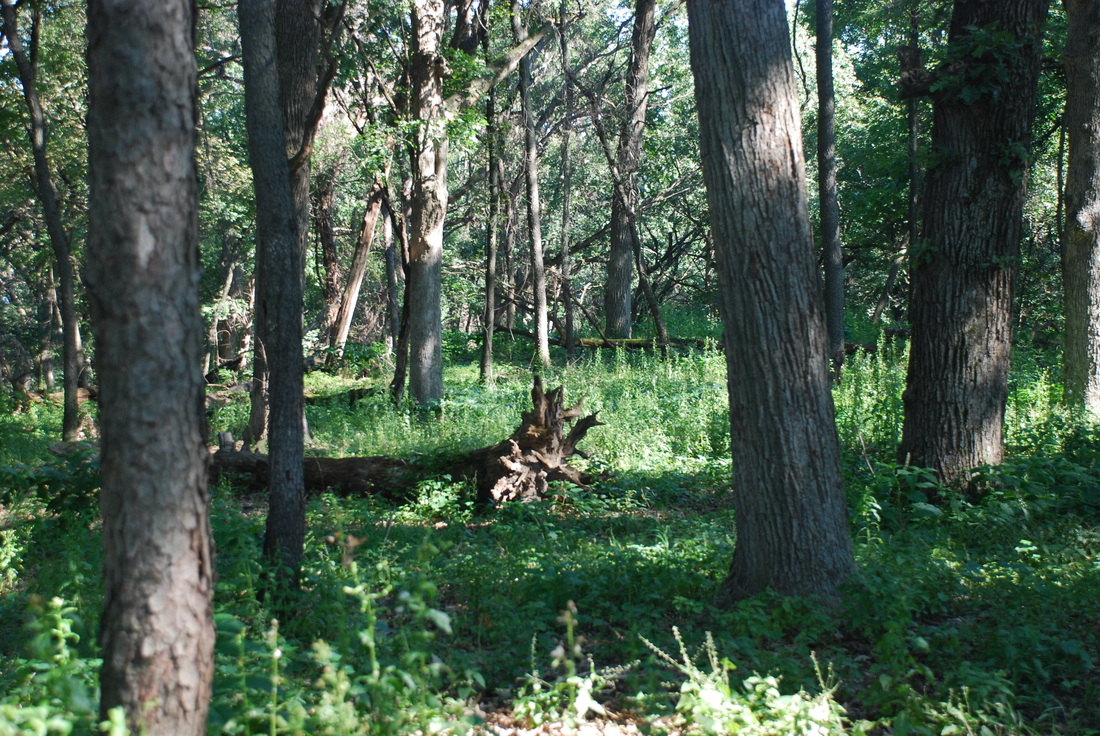
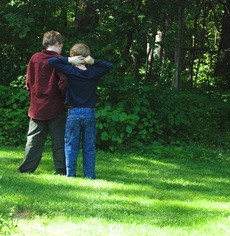
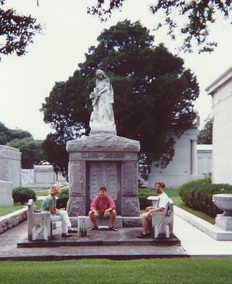
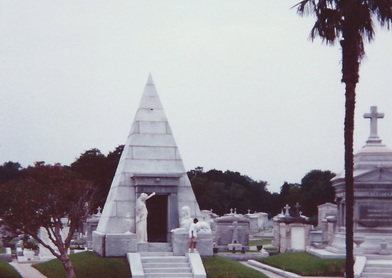
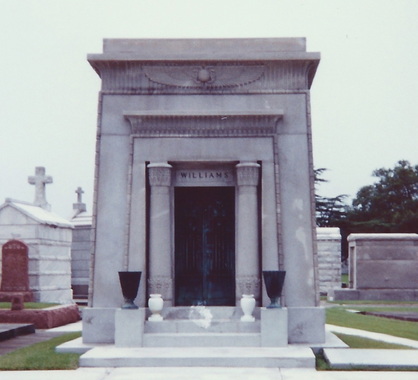
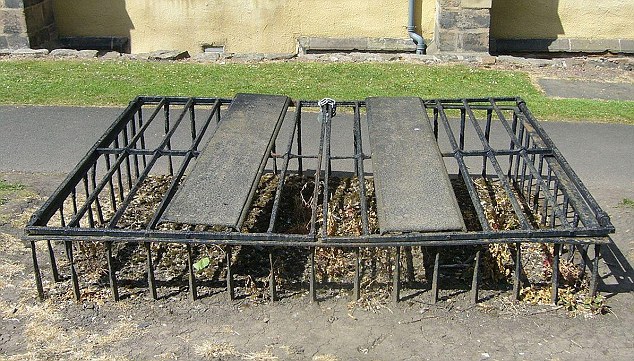
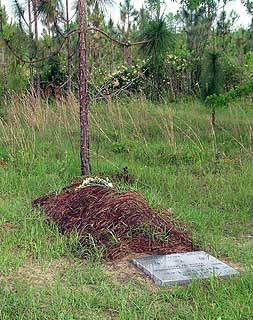
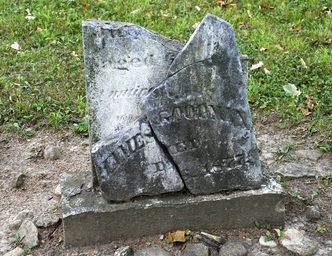
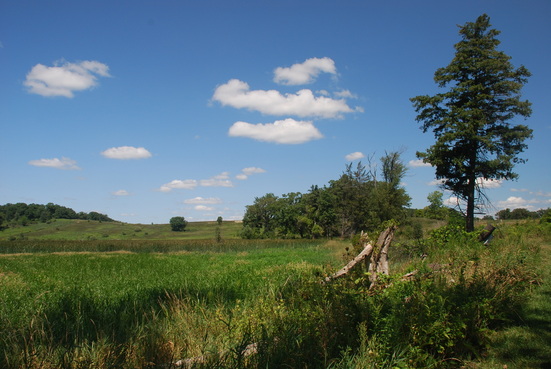
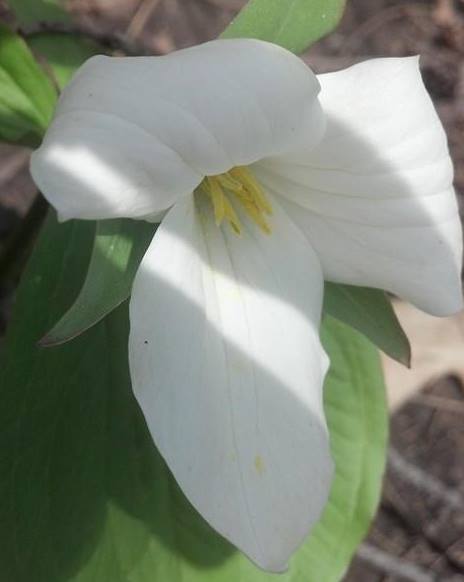
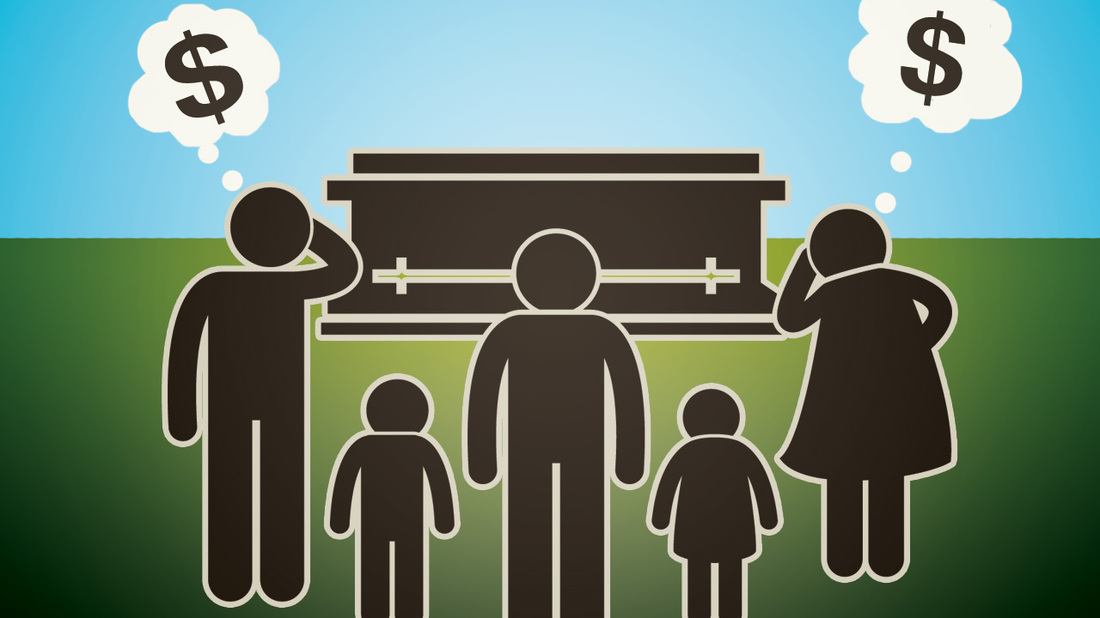

 RSS Feed
RSS Feed